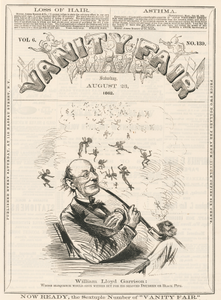Description
Born New York CityWhen Franklin Roosevelt began his first term as president in 1933, his wife Eleanor declared that she was “just going to be plain, ordinary Mrs. Roosevelt. And that’s all.” The reality proved to be quite different, however, for Eleanor Roosevelt soon took public stands on issues ranging from exploitive labor practices to civil rights. When the Daughters of the American Revolution refused permission in 1939 for acclaimed African American contralto Marian Anderson to sing at Constitution Hall in Washington, D.C., Roosevelt resigned from the DAR and helped arrange for Anderson to perform at the Lincoln Memorial instead. The activism that characterized Eleanor Roosevelt’s years as first lady did not end with her departure from the White House. As a United States delegate to the United Nations (1945–53), she was instrumental in formulating the Universal Declaration of Human Rights and securing its ratification by the General Assembly in 1948.
Image
Gelatin Silver Print
National Portrait Gallery, Smithsonian Institution
Record Contributed By
National Portrait GalleryRecord Harvested From
Smithsonian InstitutionKeywords
- Activist
- Activists
- Anna Eleanor Roosevelt
- Book
- Books And Reading
- Chair
- Chairs
- Costume
- Design
- Education
- Educator
- Educators
- Female
- First Ladies
- First Lady
- First Lady Of Us
- Fleur De Lis
- Furnishings
- Furniture
- Government
- Hat
- Hats
- Headgear
- Home Furnishings
- Humanitarian
- Humanitarianism
- Interior
- Interior Decoration
- Jewelry
- Lecturer
- Literature
- Necklace
- Pearl
- Pin
- Politics
- Politics And Government
- Portrait
- Portraits
- Presidents' Spouses
- Printed Material
- Reformer
- Reformers
- Ring
- Roosevelt, Anna Eleanor
- Seating
- Sipprell, Clara
- Society And Social Change
- Symbols & Motifs
- Table
- Tables
- Women
- Writer
- Writers





















